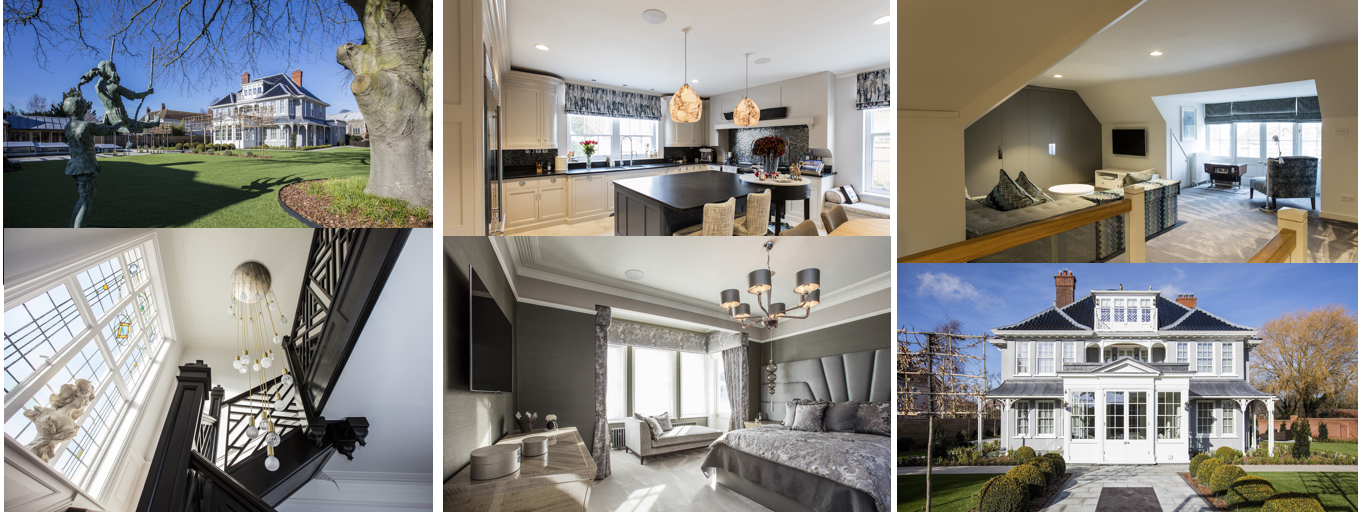Conservation and construction – the perks and the pitfalls of owning a listed building
Listed buildings, by definition, are unusual, full of character and can make unique homes and offices.
But making the changes necessary for modern living can be complex and expensive. Knowing the ins and outs from the get-go is essential. Getting it wrong can mean a hefty fine or, at worst, a custodial sentence!
Why do any buildings need to be listed?
Around 500,000 buildings are currently ‘listed’ in England – i.e. added to the National Heritage List for England (NHLE) – because they are considered worthy of preservation in some way. (Scotland, Wales and Northern Ireland have their own, slightly different systems.)
And it’s not just buildings – monuments, gardens, and many other unique sites of interest can find their way onto the list.
There are three categories, each attracting different levels of regulations:
- Grade I – considered to be of exceptional interest and the most restricted in terms of development.
- Grade II* – important buildings of more than special interest.
- Grade II – buildings of special interest. Most homes that are listed are Grade II.
A listed building can offer a unique opportunity
Living in a castle, lighthouse or Georgian manor sounds like the stuff of dreams but it’s crucial to get the right advice before you take the plunge. You may want to undertake building work to reduce drafts, improve insulation and energy efficiency, and add heating systems. You may want to make several small rooms into one big one – or vice versa. There may be elements you are happy to live with but will be obliged to alter.
Along with any initial construction works, listed buildings often require a higher level of ongoing maintenance and repair – and that’s a legal obligation. Your local authority can issue a repair notice if they consider you are neglecting your responsibility.
We can help guide you through the maze to achieve a truly special, unique result. We can liaise with planning authorities and conservation officers and apply for any grants available to help with restoration costs.
Colonial Revival
This beautiful old home was in pretty good shape but improvements in the layout were needed to address the historic changes to the frontage and alter the approach, bringing visitors in from a new direction. Our solution offered an opportunity to resolve this internally, while retaining the integrity of the building form. Modest extensions were granted including the demolition of existing flat-roofed extensions, relating to the original ‘service’ side of the house. We incorporated self-coloured lime renders and new hardwood joinery, cornices and plaster detailing to help retain the classical feel of the house.






